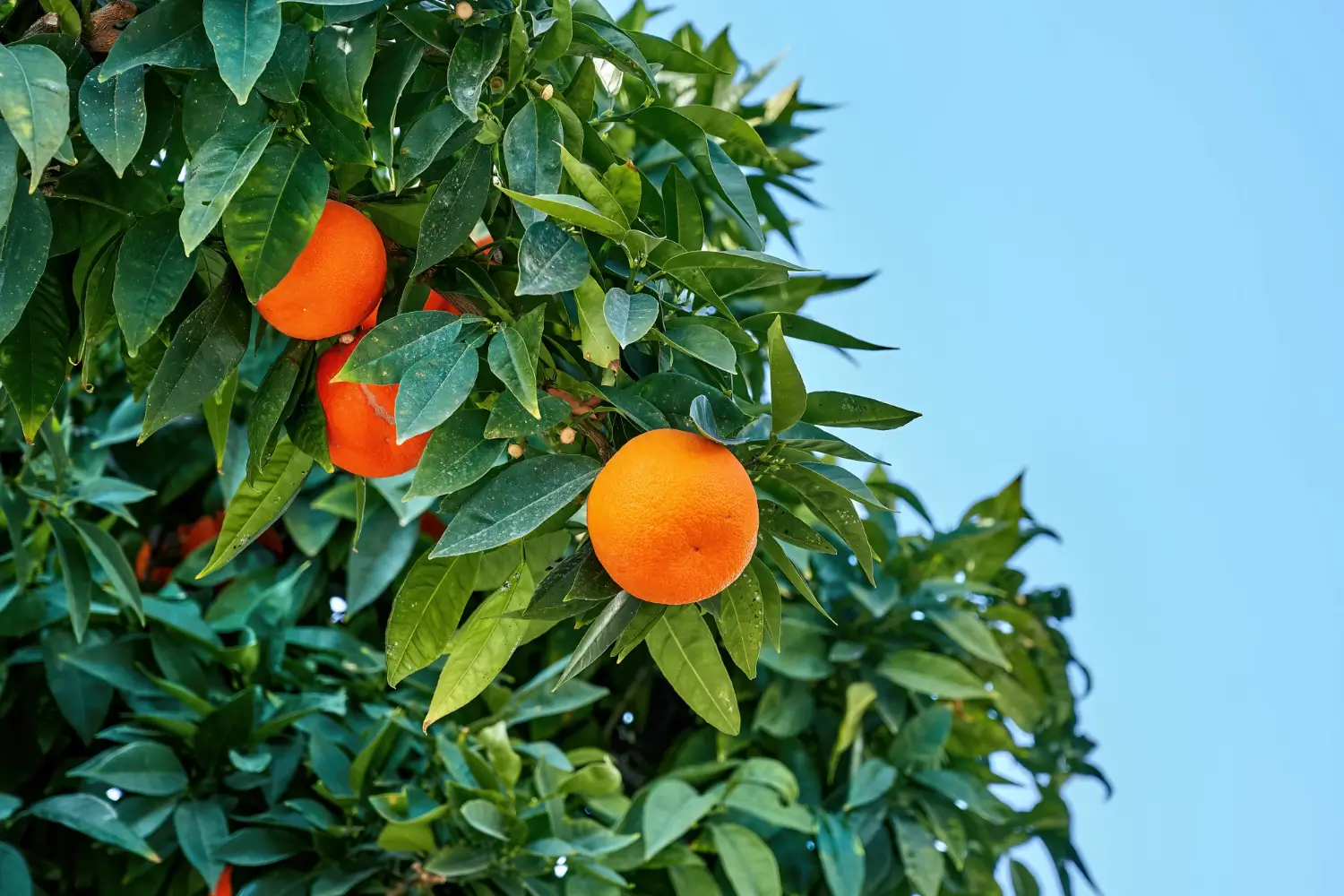
Soil Health & Fertilization
We unite suppliers and green industry professionals worldwide
With small, round leaves and its vibrant, low-growing form, Baby Tears plant has become a favorite of both gardeners and houseplant fans alike. It forms a mat of tiny, soft-leaved, delicate greenery that will cover the ground and spill over containers wit
By Mariam Scott
|Published on July 07, 2025
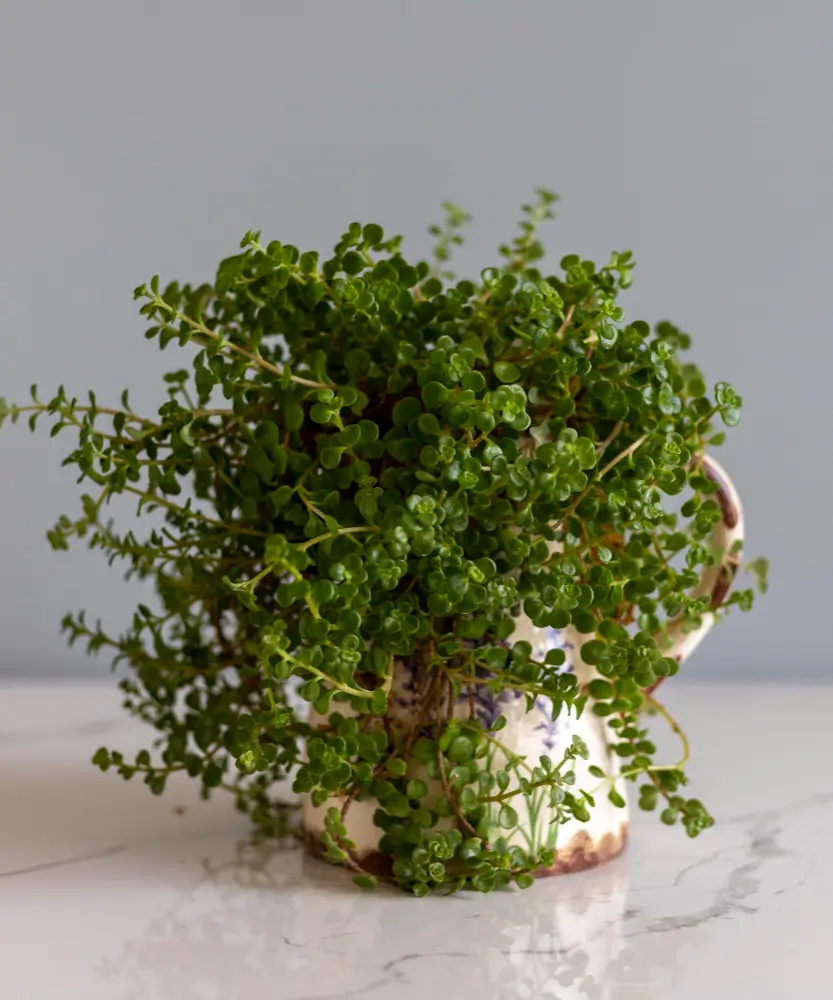

Want a plant that’ll transform your home into a lush, tropical oasis?
You should really gotta have Baby Tears! With small, round leaves and its vibrant, low-growing form, it has become a favorite of both gardeners and houseplant fans alike. Native to tropical regions of South America, Soleirolia (also known as Baby Tears, which is very much a common name) forms a mat of tiny, soft-leaved, delicate greenery that will cover the ground and spill over containers without issue.
Indoor or outdoor, whether using as ground cover, as part of a weeping basket, or in a terrarium, Baby Tears is a delightful choice. Because it loves moisture and humidity, it’s especially great for bathrooms or any space needing a little boost in humidity. The best part is how little effort it takes to keep this plant looking lush and healthy. You can find all the growing and care information you need for Baby Tears below!
| Common Names | Baby Tears, Soleirolia |
| Botanical Name | Soleirolia soleirolii |
| Type | Trailing groundcover, herbaceous perennial |
| Height | Usually under 6 inches tall |
| Light Requirements | Bright, indirect light to partial shade |
| Soil Needs | Moist, well-draining, slightly acidic soil |
| Watering Needs | Keep soil consistently moist but not soggy |
| Hardiness Zones | USDA 9–11 (outdoor) |
| Bloom Time | Rarely blooms indoors; tiny white flowers under high humidity outdoors |

September 25, 2025
9 minute read
September 24, 2025
9 minute read
September 23, 2025
10 minute read
September 22, 2025
9 minute read


Join as a seller and connect with thousands of B2B buyers nationwide!
Sign Up
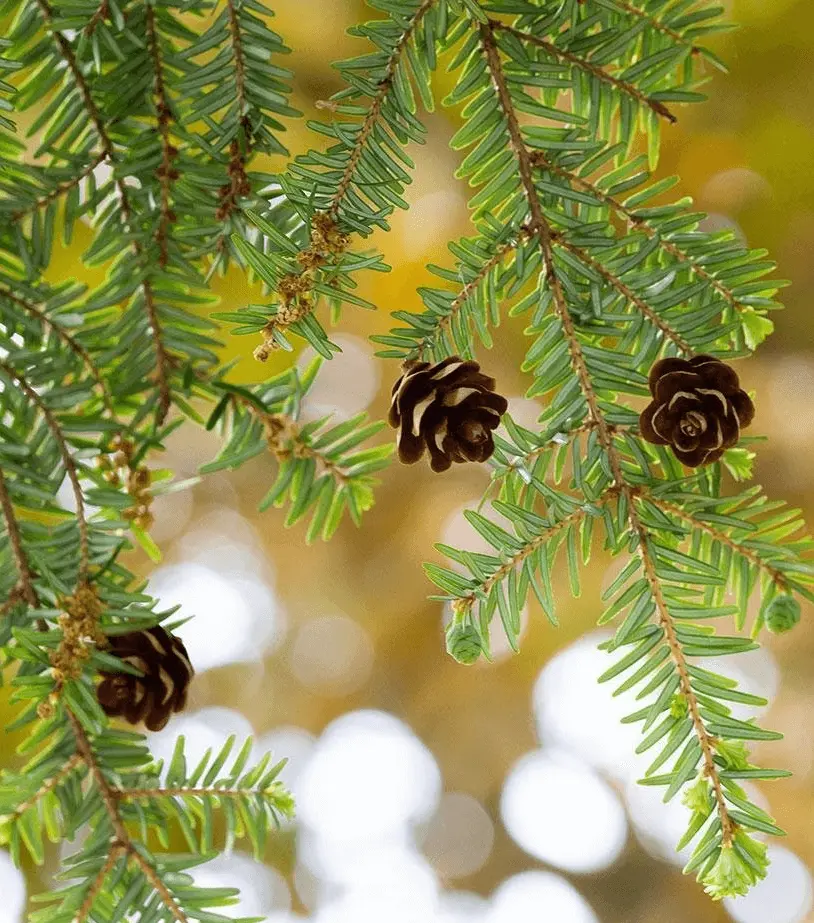
Eastern Hemlock
Eastern Hemlock is an unusual conifer that doesn’t need lots of sun and which offers gardeners soft, cascading needles and a timeless woodland vibe. Whether you plant it as a singular statement tree, or in groups to create a privacy screen, this graceful
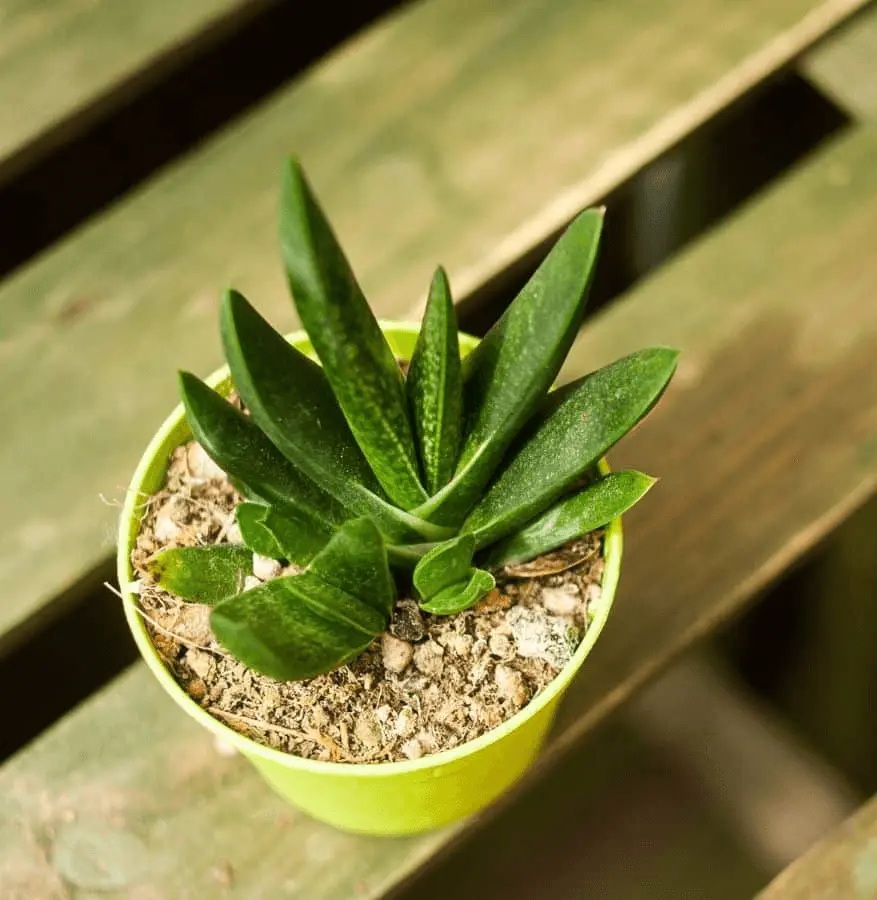
Gasteria
Like the cactus, this small perennial succulent plant stands out in the garden with its thick, tongue-shaped thick leaves and mottled pattern but is much slower growing.
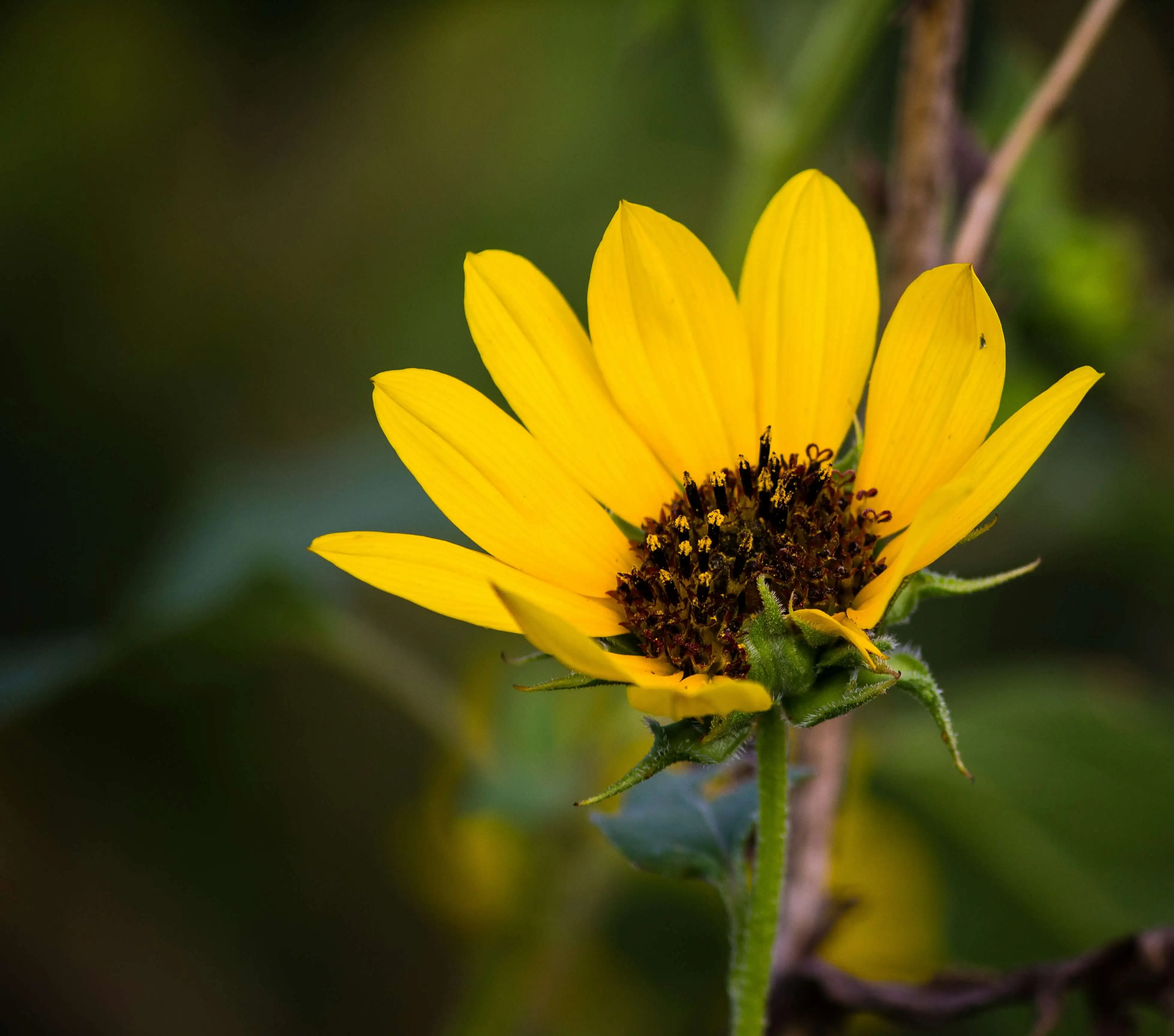
False Sunflower
False Sunflower, also known as Heliopsis helianthoides, delivers exactly that—cheerful, golden-yellow flowers that brighten any sunny garden corner or patio.
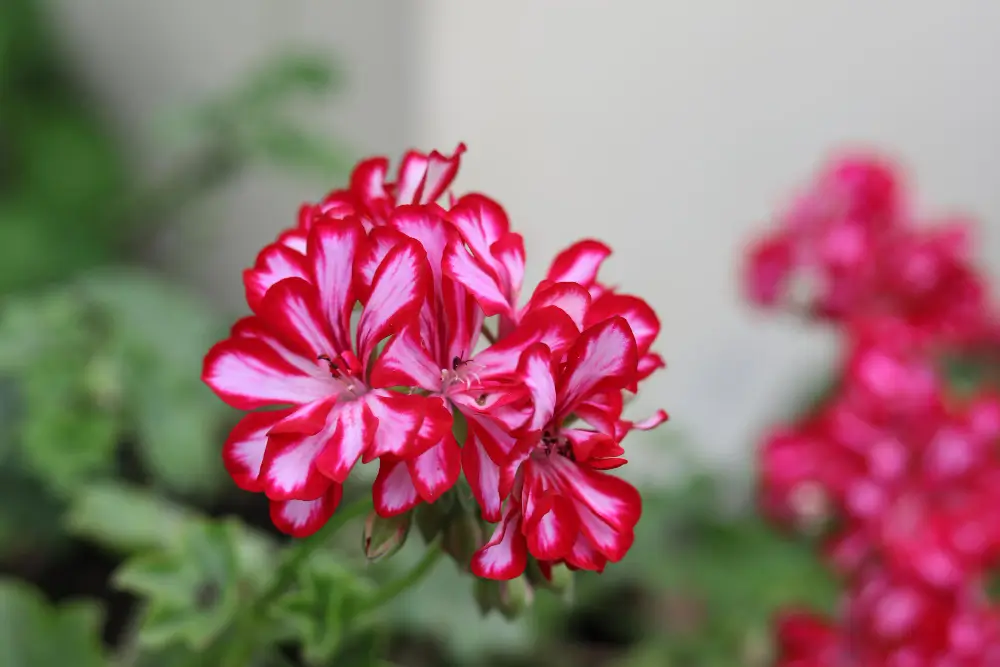
Geranium
The Geranium is one of the most popular landscape plants in the world, prized for its colorful blooms, fragrant foliage and ease of care. In colors from pinks and reds to whites and purples, they enliven any space. They’re versatile, too; great as border
It is a delicate plant that grows best in humid areas with moisture in the soil continually available. While Baby Tears is fairly easy to grow, keeping it happy with the right proportions of light, water, and humidity will ensure it’s in its best form. It will diffuse rapidly, which makes it an ideal plant to fill in patchy spots or offer some texture to a terrarium. With just a little TLC, Baby Tears will give you the lush, cascading look all year round.
Baby Tears does best in bright, indirect light. Excess direct sunlight can singe its soft foliage, which will dry and be marked with brown spots. But insufficient light results in leggy growth, where the plant stretches and gets wispy. Provide filtered sunlight near a window or place it in a well-lit space for the best development. When grown outdoors, keep it in a shady or semi-shady place. If the plant begins to look leggy, relocate it to a brighter location or add a grow light.
Baby Tears will saddle up to slightly acidic, well-draining soil that stays moist but not soggy. The right blend of soil will allow it to drain well enough to prevent root rot while still maintaining the plant’s delicate roots consistently damp. A standard indoor potting mix mixed with perlite or sand for drainage. When growing in a pot, ensure pot drainage holes are present to avoid allowing water to pool at the bottom. If you plant outdoors, add some organic compost to the soil to help retain moisture.
Baby Tears enjoys moisture; the most important thing is to keep the soil continuously moist. But it doesn’t tolerate standing water, which can rapidly cause root rot. Water when the top inch of soil feels a little dry, but never let it completely dry out. For not shocking the plant use water at room temperature. When growing Baby Tears in a terrarium, periodically misting the plant may help maintain humidity. In the winter, reduce the amount of watering somewhat as the plant’s growth rate slows.
Baby Tears is a fairly low-maintenance plant, but periodic pruning prevents it from looking lanky and helps it remain compact. This is a big grower, so keeping it trim will prevent it from getting too leggy or overgrown.
TO PRUNE: Using sharp, clean scissors, trim back any overgrown stems. Trim away yellow or dying leaves and feed the soil. Regular trimming supports a bushier, fuller look.
The best thing about Baby Tears is how easy it is to propagate! This plant naturally propagates through its creeping stems but you can also propagate it manually to produce new ones.
To propagate from cuttings:
Baby Tears also propagates easily in water. Just stick cuttings in a glass of water, and once roots become about an inch long, transplant them into soil to grow.
Baby Tears makes a great addition to pots and containers, where its cascading growth can tumble over the edge beautifully. It does well on tables, shelves and hanging baskets.
You need a pot with a drainage hole under it so water does not accumulate in the bottom. Roughly one size up from what is up to this point will give the plant room to spread out. Start with a light, well-draining potting mix that holds moisture without oversaturating. If you have heavier soil mix, it will improve drainage to add perlite or sand. Keep watering until the soil remains wet but never soggy.
Winter Care of Baby Tears (if growing it indoors): If grown in the house, then Baby Tears does not need much specialized care during winter. But, if grown outdoors, it is only hardy in USDA zones 9-11. The plant needs to be brought in before temperatures fall below 50°F in colder climates, and for the winter it should be placed in a warm, brightly lit room (at 60°F to 75°F) with reduced watering (but never let the soil completely dry out).
Do not put the plant in an area where it is subjected to drafts, heating vents or radiators, as the sudden change in temperature can send it into a stress response.
Baby Tears is grown for its rich green foliage more than its flowers. Although it may also bloom tiny white flowers, this is unusual, particularly indoors. To produce flowers, the plant is dependent on high humidity and specific environmental conditions, which is rather hard to create indoors. Rather than looking to this plant for flowers, enjoy it for its vibrancy as a green plant and its delicate, trailing stems.
Baby Tears is usually a pretty fuss-free plant, but if the conditions are not optimal, a few issues may arise:
Baby Tears is a delicate, lush groundcover known for its tiny, vibrant green leaves and soft, cascading growth. Perfect for terrariums, hanging baskets, or as a humidity-loving houseplant, it thrives in moist soil, bright indirect light, and warm, humid environments.
Though low-maintenance, it prefers consistently damp (not soggy) soil and needs occasional pruning to stay compact and tidy. Propagation is easy via stem cuttings, and it's safe for pets. While flowering is rare, its vibrant foliage makes it a standout addition to any indoor or outdoor (USDA zones 9–11) plant collection.
Yes, Baby Tears is hardy outdoors in USDA zones 9-11. It excels as a ground cover in shady or partially shady spots.
Water when the top inch of soil is slightly dry, enough so that the plant has constant moisture but never waterlogged.
No, Baby Tears is non-toxic to cats and dogs, making it a safe choice for pet owners.

Soil Health & Fertilization
Victor Miller
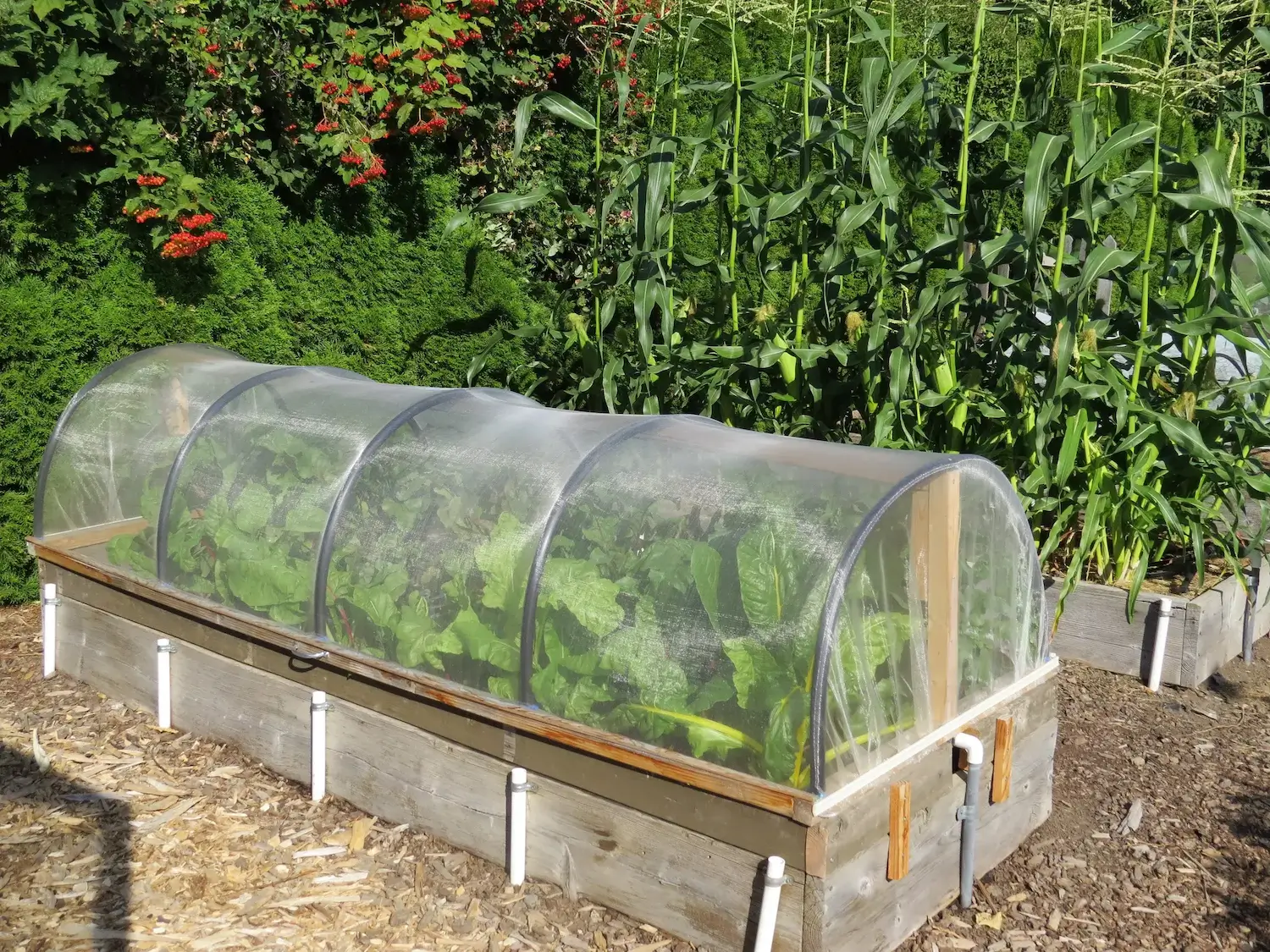
Pest Identification & Prevention
Victor Miller
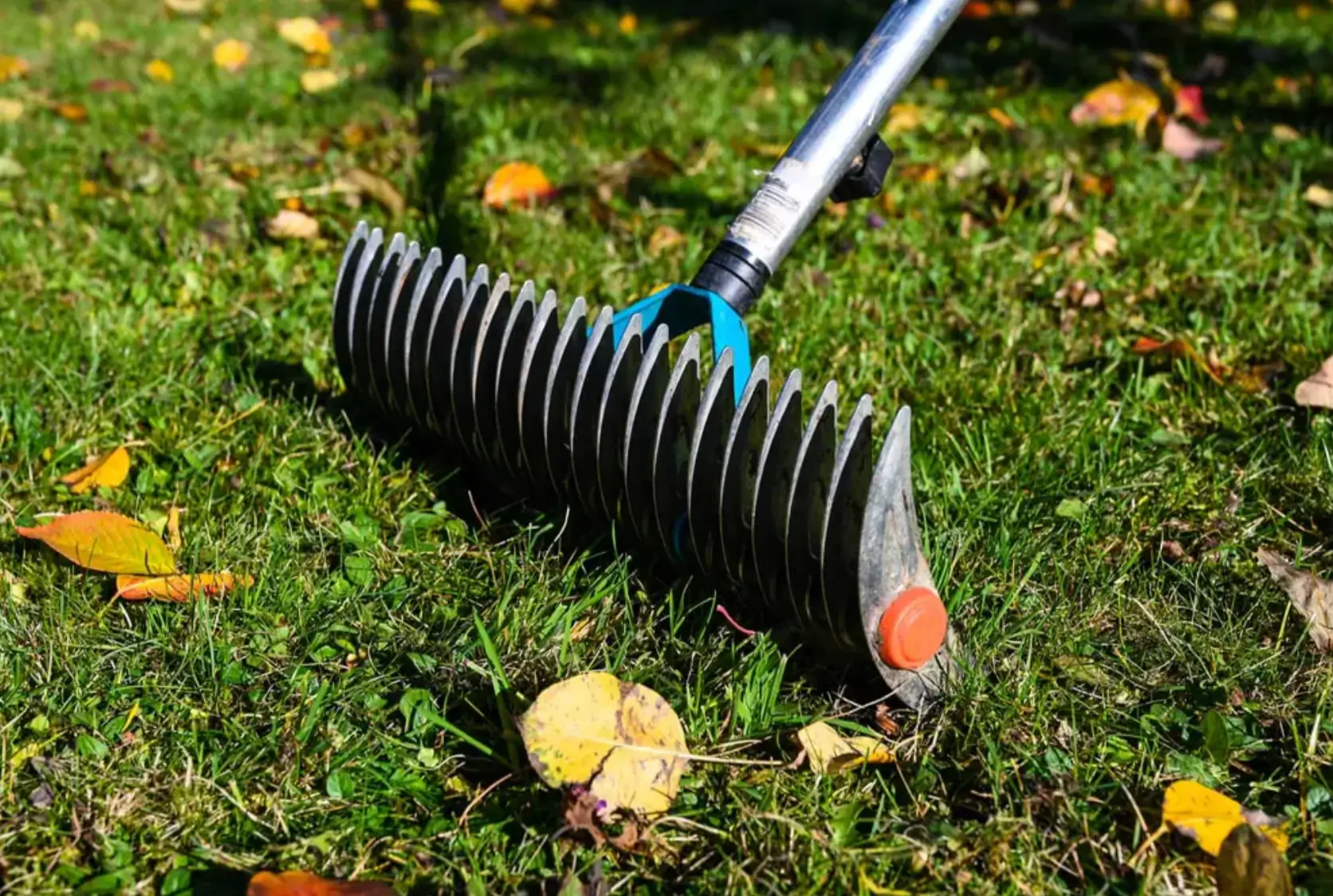
Lawn Care Tips & Maintenance
Victor Miller
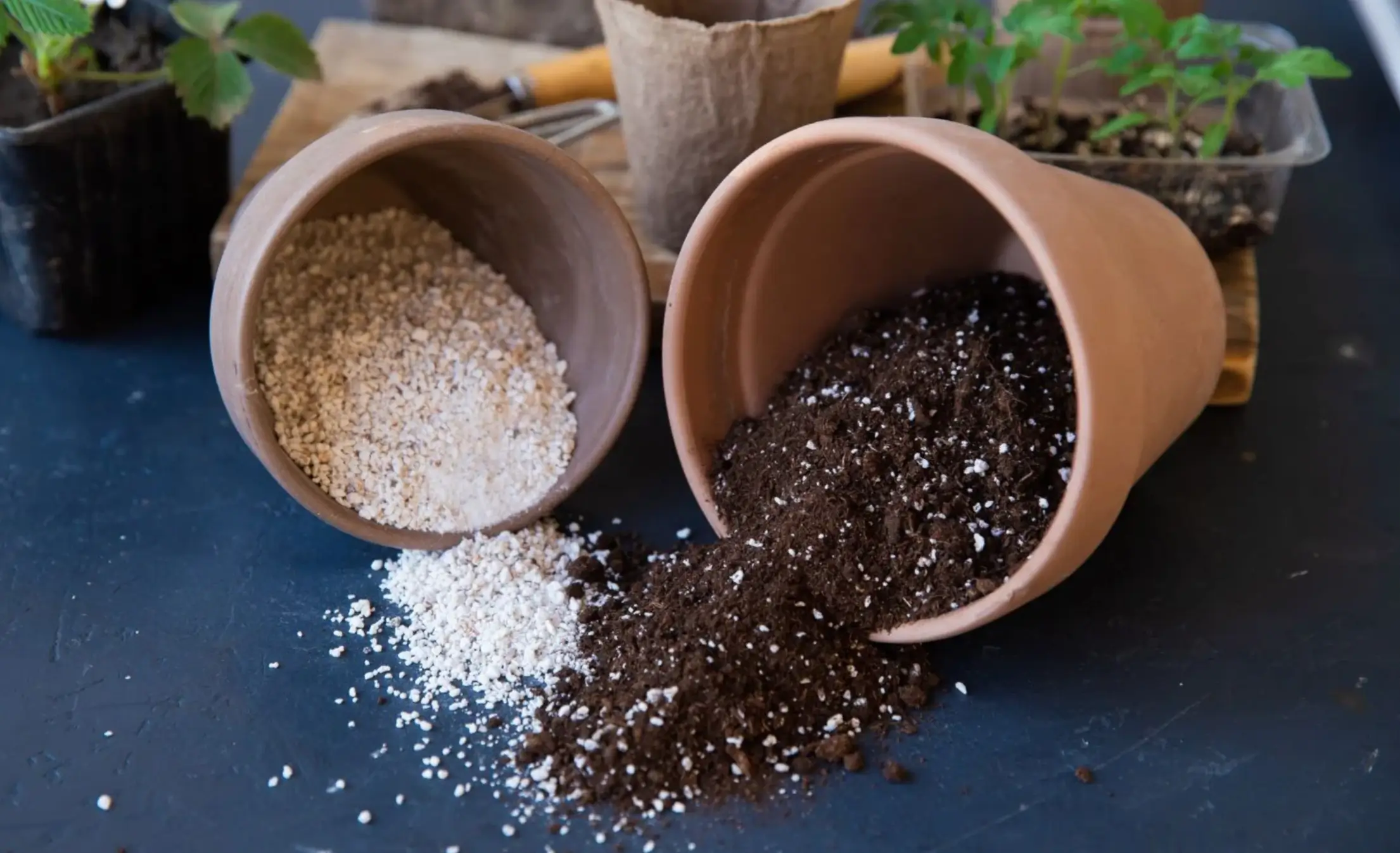
Soil Health & Fertilization
Victor Miller
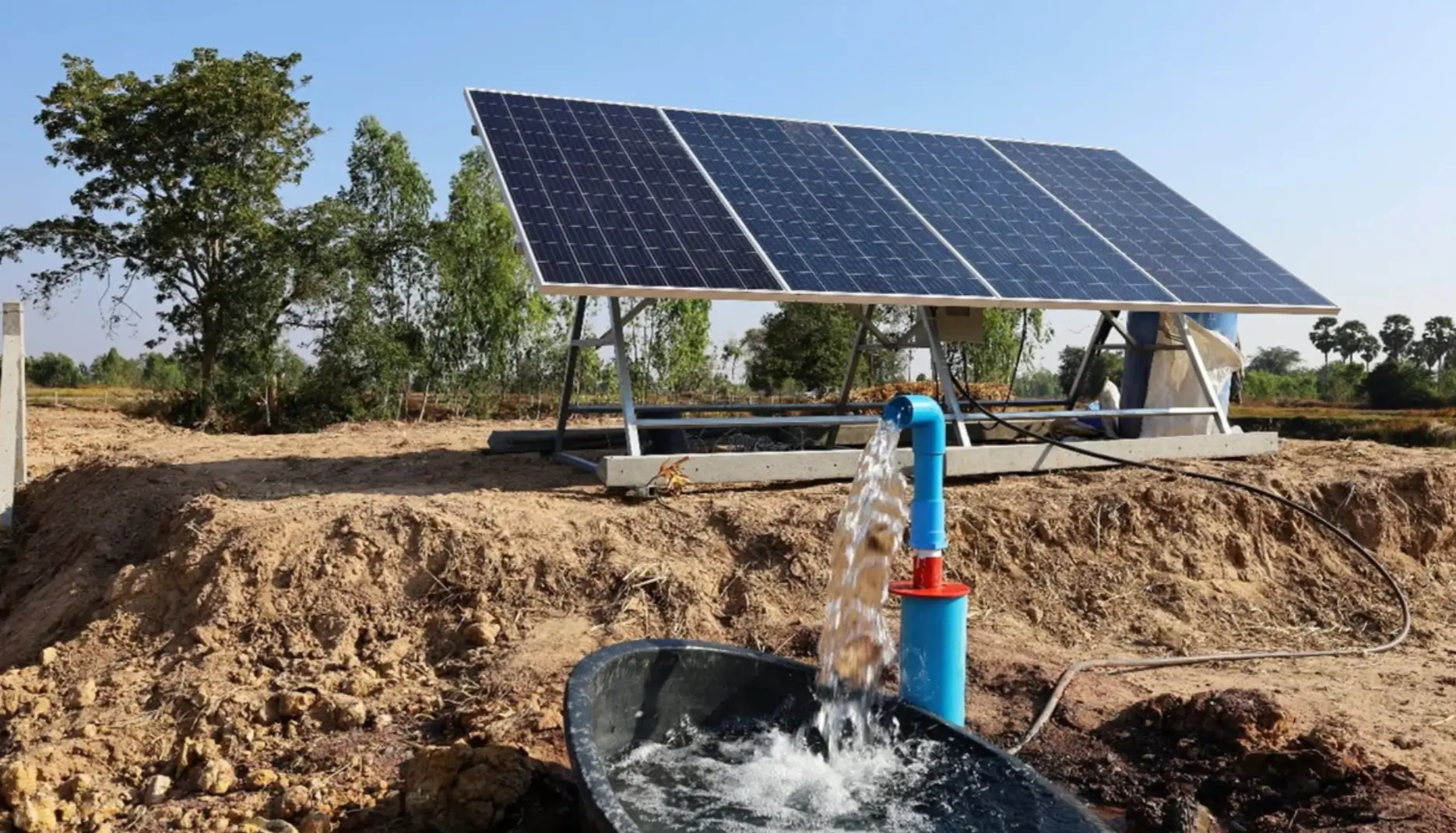
Smart Irrigation Systems
Victor Miller
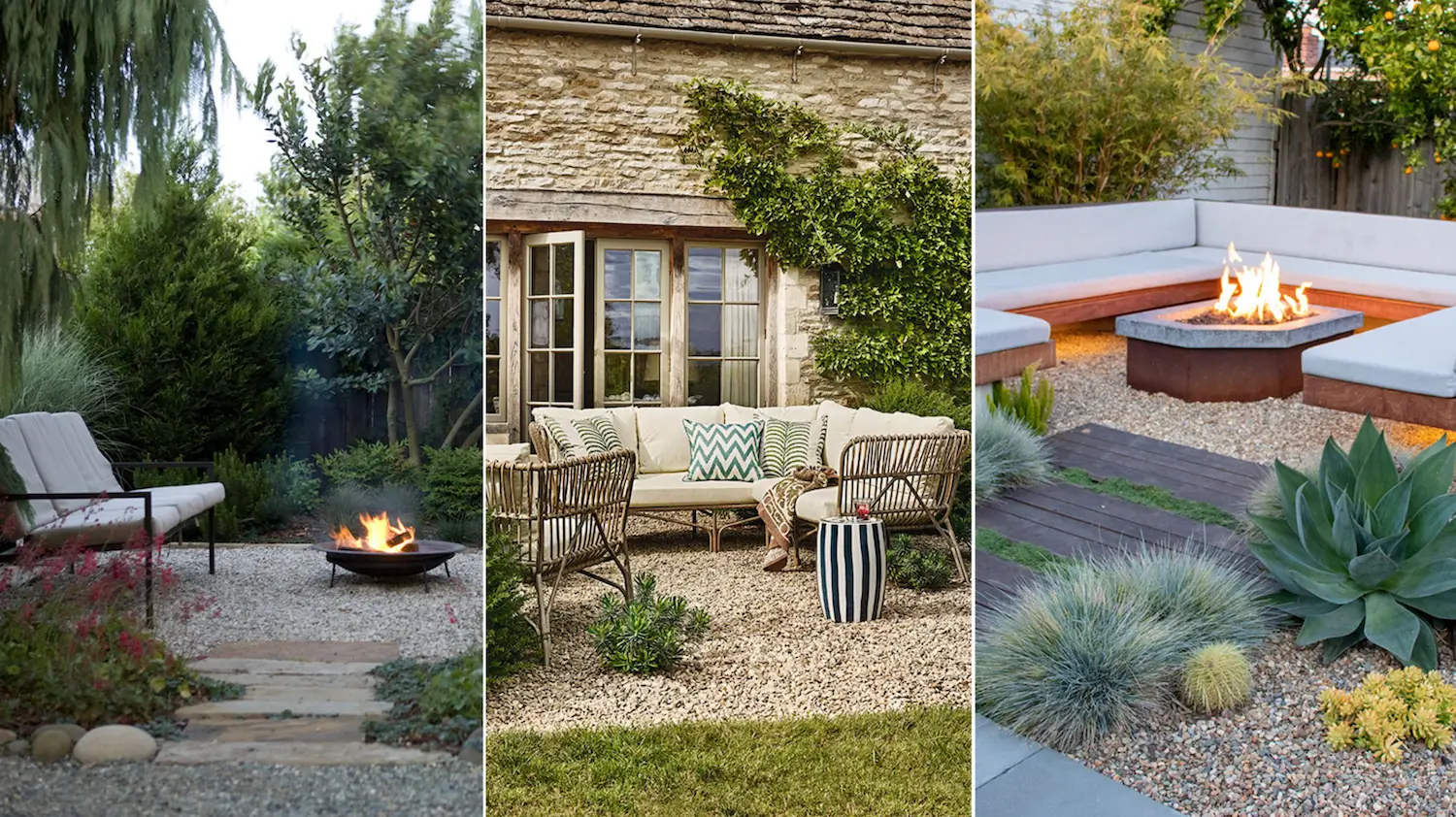
Patios, Walkways & Driveways
Victor Miller
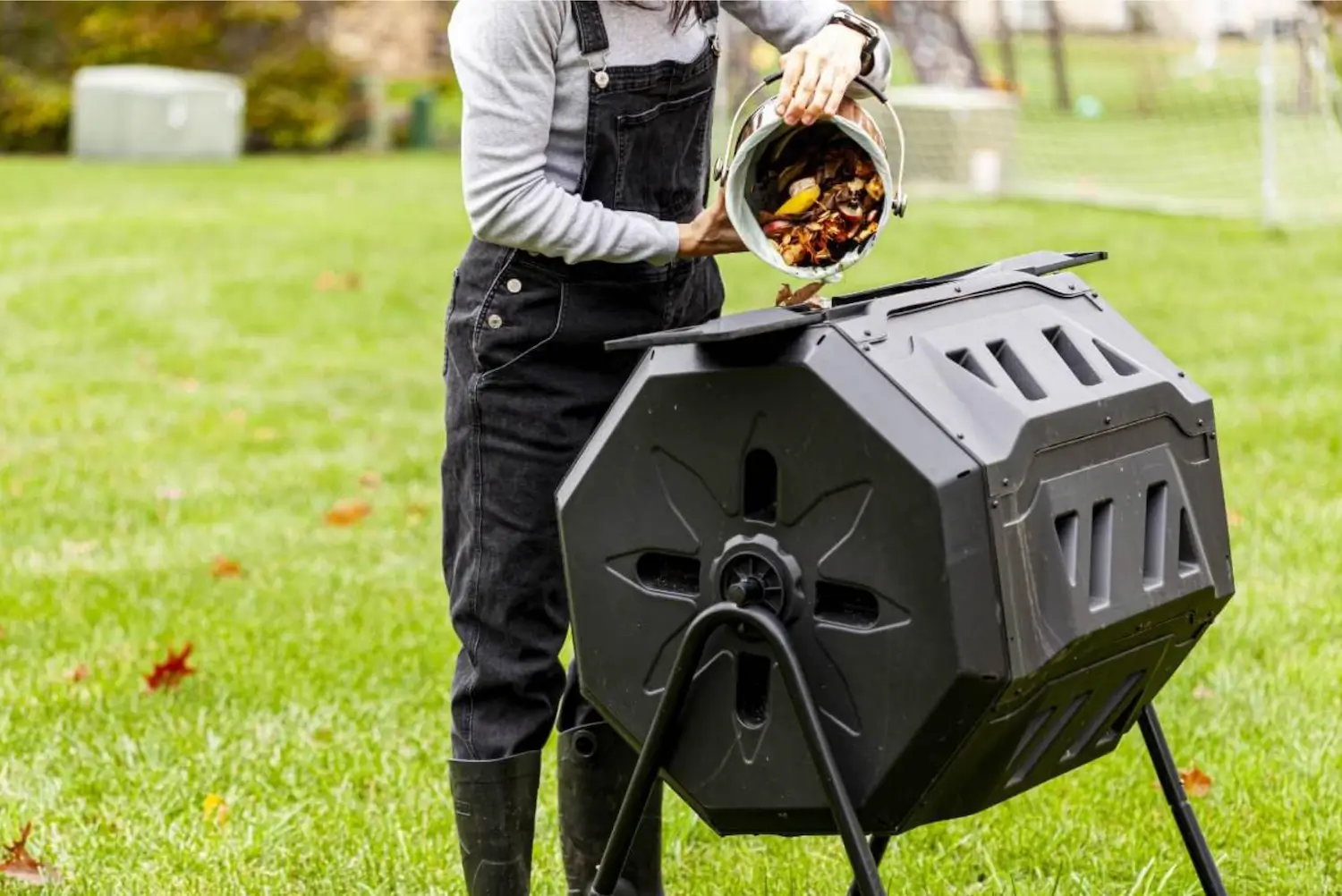
Soil Health & Fertilization
Victor Miller
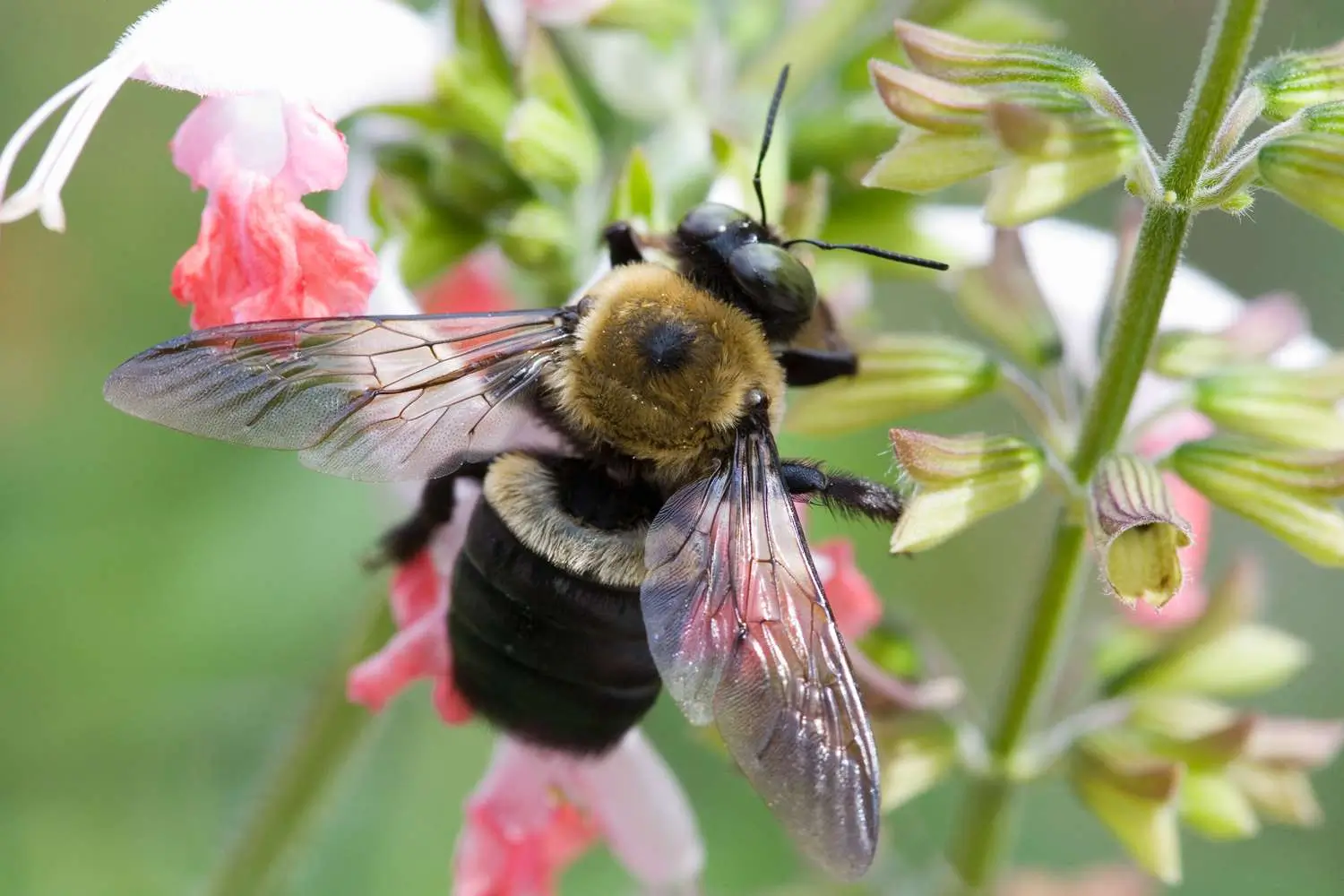
Pest Identification & Prevention
Victor Miller
My Account
Our team is always here to help.
We are open Monday - Friday, 9:00 AM to 4:30 PM PST.